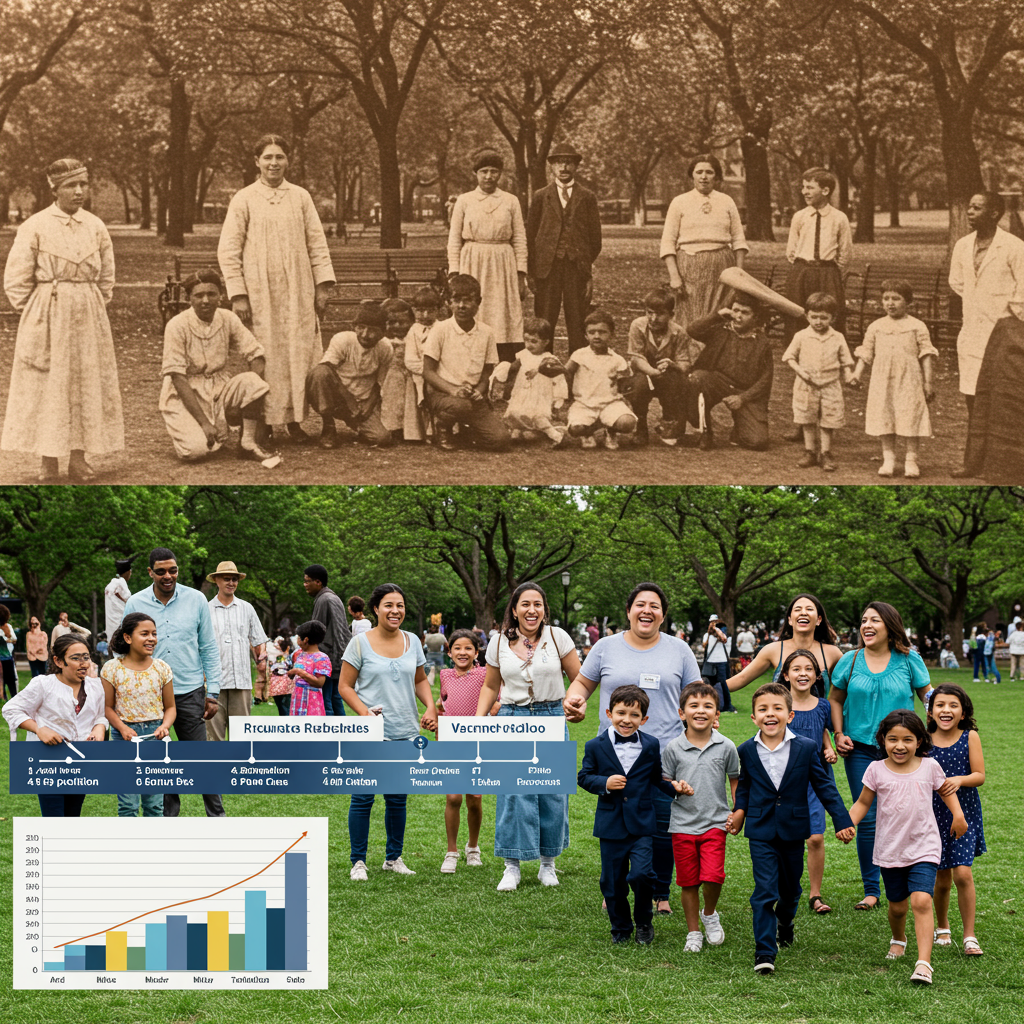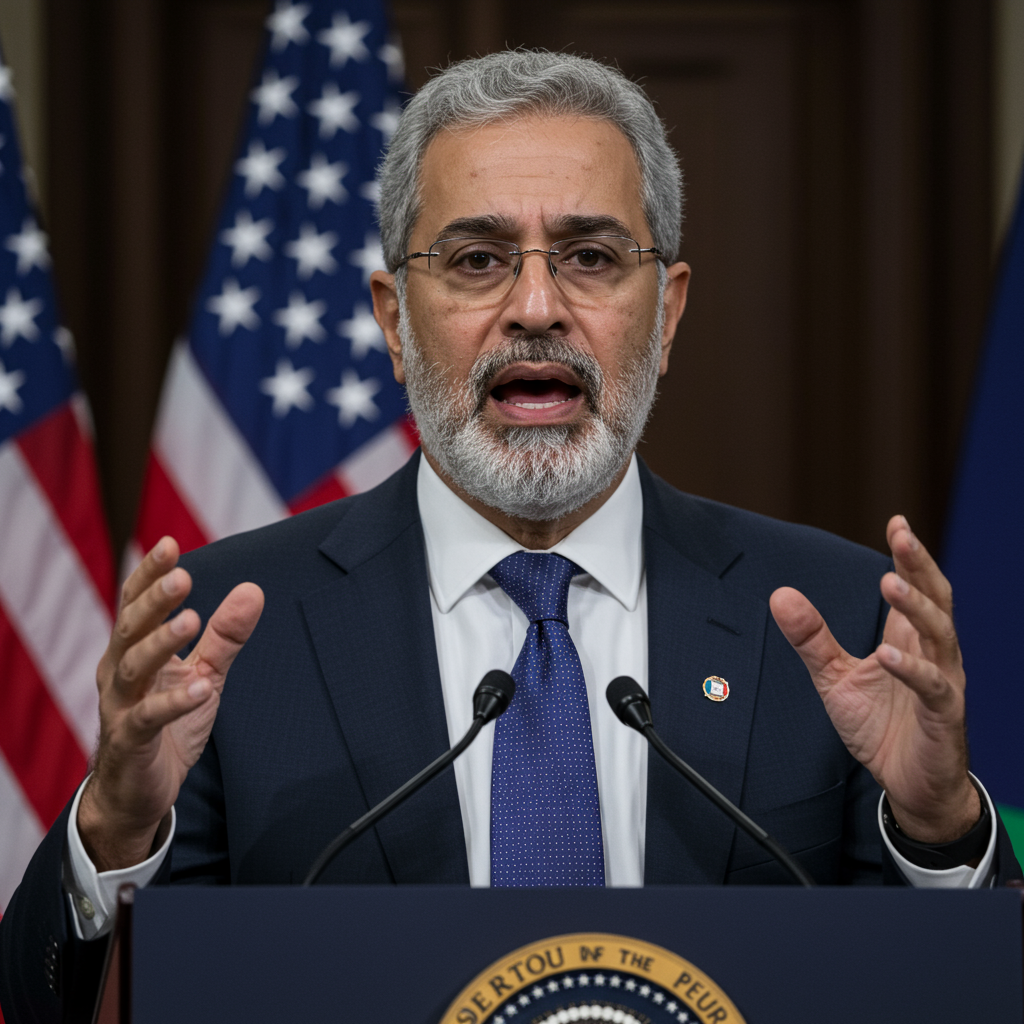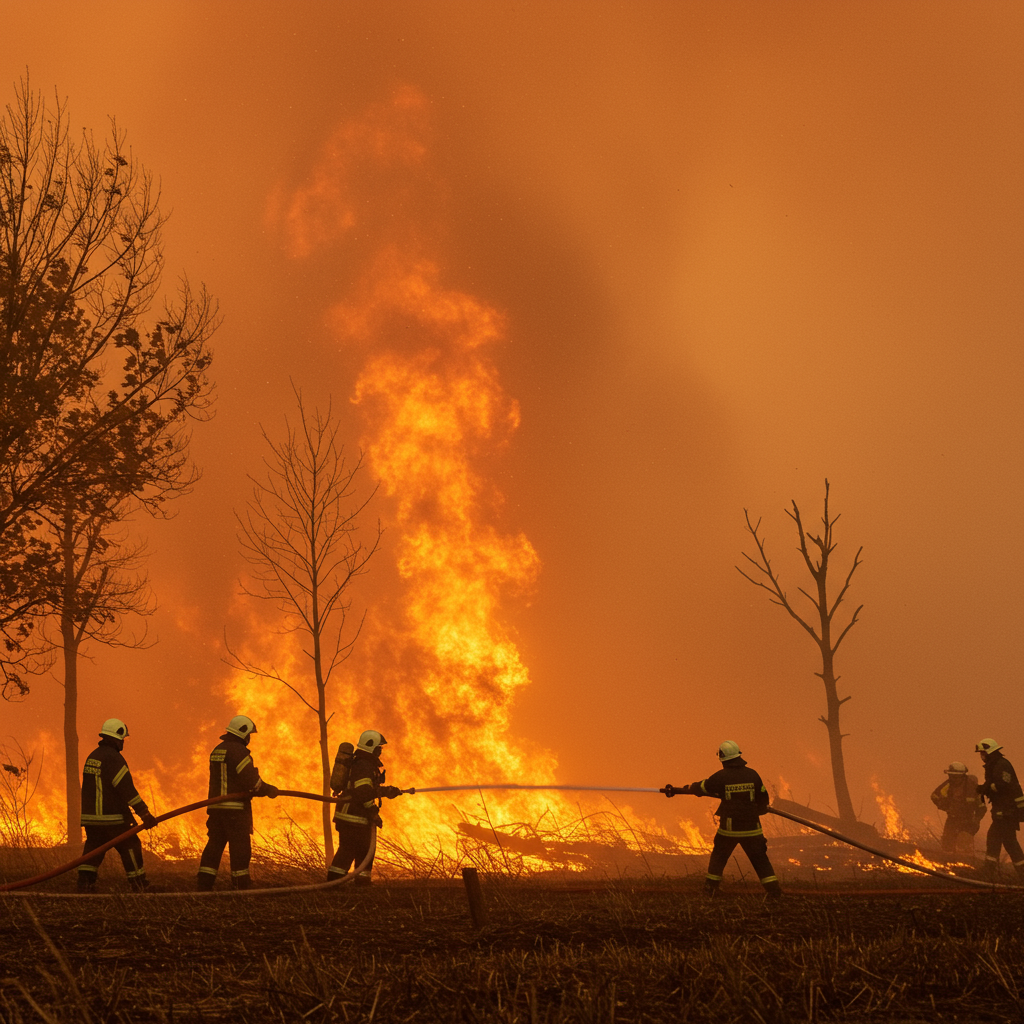Imagine a time when summer felt like a dangerous season, not a time for carefree play. This was the stark reality for families across America during the peak of infectious disease outbreaks decades ago. Reflecting on past eras, particularly the mid-20th century, offers a powerful perspective on the undeniable impact and life-saving success of vaccination, a cornerstone of modern public health often overshadowed by contemporary debates and online misinformation.
Understanding the historical context of devastating diseases like polio and rubella provides crucial insight into why vaccines are celebrated as one of Western medicine’s greatest achievements, directly responsible for safeguarding millions of lives. This journey through history contrasts dramatically with the landscape of skepticism sometimes fueled by anecdotal claims found online today, underscoring the vital need to focus on robust scientific evidence.
Polio’s Crippling Fear: Life Before the Vaccine
The 1950s were marked by widespread fear surrounding polio. This highly contagious viral illness often led to paralysis, difficulty breathing, and sometimes death. For parents and children, the threat wasn’t abstract; it was visible in their communities. Many remember classmates who required bulky leg braces or walked with a permanent limp as a consequence of infection. The disease inflicted devastating, lifelong disabilities on individuals and families.
Personal accounts from that era paint a vivid picture of the pervasive anxiety. Simple activities we take for granted today, like swimming at a public pool, were viewed as risky ventures due to the fear of contagion. Parents kept their children home, limiting their freedom and social interaction out of necessity. The disease could strike anyone, anywhere, leaving communities vulnerable and afraid.
The Salk Vaccine: A Beacon of Hope
The atmosphere of fear began to shift dramatically with the development of the Salk polio vaccine. Its introduction in the mid-1950s was nothing short of revolutionary. It signaled a potential end to the annual summer dread. The feeling of relief was immense and palpable throughout the nation.
For those who lived through it, the arrival of the vaccine wasn’t just a medical breakthrough; it was a moment of liberation. Children who had been confined or restricted could finally participate fully in summer activities. The simple act of being cleared to swim again symbolized a return to normalcy and freedom previously stolen by the threat of disease. This period stands as a powerful testament to science’s ability to overcome seemingly insurmountable health challenges.
Rubella’s Silent Threat: A Personal Encounter
Moving forward to the 1960s, another infectious disease, rubella, presented its own unique challenges, highlighting the hidden dangers even seemingly milder illnesses can pose. Commonly known as German measles, rubella typically causes a rash, mild fever, and swollen lymph nodes in children and adults. While often less severe for the infected individual compared to standard measles, its real threat lay in its impact on pregnant individuals.
Contracting rubella during pregnancy, especially in the first trimester, carries a significant risk of causing Congenital Rubella Syndrome (CRS). CRS can result in severe birth defects, including heart problems, deafness, blindness, and intellectual disabilities. The thought of unknowingly spreading this virus to someone who is pregnant adds a profound layer of concern to any personal experience with the illness.
The Unseen Consequences of Infection
Experiencing rubella firsthand, even with relatively mild symptoms, brought the reality of its contagious nature into sharp focus. The need for quarantine underscored the ease with which the virus could spread through communities. The lasting concern following such an infection isn’t just about personal recovery, but the potential for having unwittingly exposed others to its risks.
Before a dedicated vaccine was widely available, controlling rubella outbreaks and protecting vulnerable populations, particularly pregnant women, was incredibly difficult. This historical context makes the development and widespread use of the vaccine against measles, mumps, and rubella (MMR) in 1971 a critical public health milestone. Its introduction provided a reliable means to protect against rubella’s devastating potential impact on future generations.
The MMR Vaccine and Its Public Health Legacy
The introduction of the combined measles, mumps, and rubella (MMR) vaccine marked another pivotal moment in the fight against infectious diseases. By targeting three distinct viruses with a single immunization, the MMR vaccine simplified vaccination schedules and significantly boosted public health efforts to control these highly contagious illnesses. Its successful deployment has drastically reduced the incidence of all three diseases in countries with high vaccination rates.
This progress didn’t happen by chance; it was the result of rigorous scientific research, extensive clinical trials, and coordinated public health campaigns. The widespread acceptance and use of the MMR vaccine paved the way for substantial declines in cases of measles, mumps, and rubella, preventing countless hospitalizations, disabilities, and deaths. The routine childhood immunization schedule, including the MMR shot, stands as a testament to effective preventive medicine.
Eradicating Disease and Saving Lives
The history of vaccination isn’t just about controlling diseases; in some cases, it’s led to their near-total eradication. Polio, which once terrorized populations globally, is now endemic in only a few countries, thanks primarily to widespread vaccination efforts. Measles, mumps, and rubella, while not eradicated worldwide, are kept at bay in many regions due to high immunization coverage. This level of disease prevention was unimaginable in the pre-vaccine era.
Looking at the data confirms the profound impact. Millions of lives have been saved, disabilities prevented, and outbreaks averted because of vaccination programs. This success is not theoretical; it is measurable in the dramatic reduction of illness and death rates across vaccinated populations. The benefits extend beyond individual protection, contributing to herd immunity, which protects those who cannot be vaccinated, like infants or people with compromised immune systems.
Science vs. Skepticism: Navigating Modern Information
Despite the clear historical evidence and overwhelming scientific consensus regarding the safety and effectiveness of vaccines, contemporary society faces challenges from misinformation. The rise of the internet, while providing access to vast amounts of information, has also become a breeding ground for anecdotes, conspiracy theories, and unverified claims about vaccines. This creates a confusing landscape where fact can be difficult to discern from fiction.
Figures in the public sphere, including those who question established public health guidelines, often amplify these doubts. Their platforms can lend credibility to unproven assertions, influencing public opinion and potentially impacting vaccination rates. This modern phenomenon contrasts starkly with the era when diseases like polio were tangible, feared realities, and the arrival of a vaccine was met with widespread relief and gratitude based on observable suffering and scientific promise.
The Importance of Evidence-Based Information
Navigating the current information environment requires a conscious effort to prioritize credible, evidence-based sources. Health decisions, especially those impacting public health like vaccination, should be guided by the consensus of the scientific and medical communities, not by isolated stories or unsubstantiated claims found online. Distinguishing between personal anecdotes and rigorous scientific data is crucial.
Public health organizations, medical professionals, and established scientific institutions provide reliable information based on extensive research and clinical experience. Relying on these trusted sources is essential for making informed choices about vaccination for oneself and one’s family. Moving beyond the “internet sand” of conspiracy theories means actively seeking out and evaluating information based on its scientific merit and the expertise of its source.
Why Vaccination Remains a Cornerstone of Health
Vaccination is unequivocally one of the most significant public health interventions in history. Its ability to prevent infectious diseases has fundamentally transformed human health and longevity over the past century. By safely exposing the immune system to a weakened or inactive form of a pathogen, vaccines teach the body how to fight off future infections, preventing illness before it starts.
The diseases that once caused widespread death, disability, and fear – like smallpox (now globally eradicated), polio (on the brink of eradication), measles, mumps, rubella, diphtheria, tetanus, and whooping cough – are now largely preventable through routine immunization. This collective protection not only benefits individuals but also strengthens community health by reducing disease transmission.
Protecting Individuals and Communities
The concept of herd immunity illustrates the broader societal benefit of high vaccination rates. When a large percentage of the population is immune to a disease, it becomes much harder for the disease to spread from person to person. This collective immunity protects vulnerable individuals who cannot receive vaccines, such as newborns, pregnant women, the elderly, and those with compromised immune systems.
Maintaining high vaccination rates is an ongoing public health imperative. It ensures that these preventable diseases do not regain a foothold, causing renewed outbreaks and suffering. The historical record is clear: when vaccination rates decline, preventable diseases often return, sometimes with devastating consequences, particularly for the most vulnerable members of society. Trusting in the science behind vaccines is an act of both personal responsibility and community solidarity.
Frequently Asked Questions
What were diseases like polio and rubella like before vaccines?
Before widespread vaccination, diseases like polio and rubella caused significant fear and suffering. Polio led to paralysis, lifelong disability (often requiring leg braces or wheelchairs), and even death, forcing parents to restrict children’s activities like swimming. Rubella, while often mild for the infected person, posed a severe threat during pregnancy, potentially causing serious birth defects like blindness, deafness, and heart issues in infants. These were tangible, feared realities in communities.
How can I find reliable information about vaccine safety and effectiveness?
Finding trustworthy information about vaccines requires relying on credible sources. Avoid forums, social media anecdotes, or websites promoting conspiracy theories. Instead, consult official health organizations like the Centers for Disease Control and Prevention (CDC), the World Health Organization (WHO), and your local public health department. Your doctor or pediatrician is also an excellent resource for evidence-based information tailored to your specific health needs.
Why is vaccination considered one of the greatest achievements in medicine?
Vaccination is credited with saving millions of lives and preventing untold suffering and disability worldwide. It has led to the eradication of smallpox, brought polio to the verge of eradication, and drastically reduced the incidence of many other devastating diseases like measles, mumps, rubella, diphtheria, and tetanus. By safely preventing infectious diseases, vaccines have fundamentally improved global health outcomes and increased life expectancy, representing a profound scientific and public health triumph.
Conclusion
The journey from the palpable fear of polio in the 1950s and the hidden risks of rubella in the 1960s to the availability of effective vaccines like the MMR shot highlights a critical truth: vaccination works. The historical evidence demonstrates a clear trajectory of progress, where scientific innovation directly alleviated widespread suffering and saved millions of lives. While modern conversations around vaccines can become mired in online speculation and anecdote, the hard science and the historical record offer an unequivocal counterpoint. Trusting in the proven science of vaccination remains essential for protecting individual health and maintaining the collective well-being of our communities against diseases that history shows can have devastating consequences when left unchecked.




